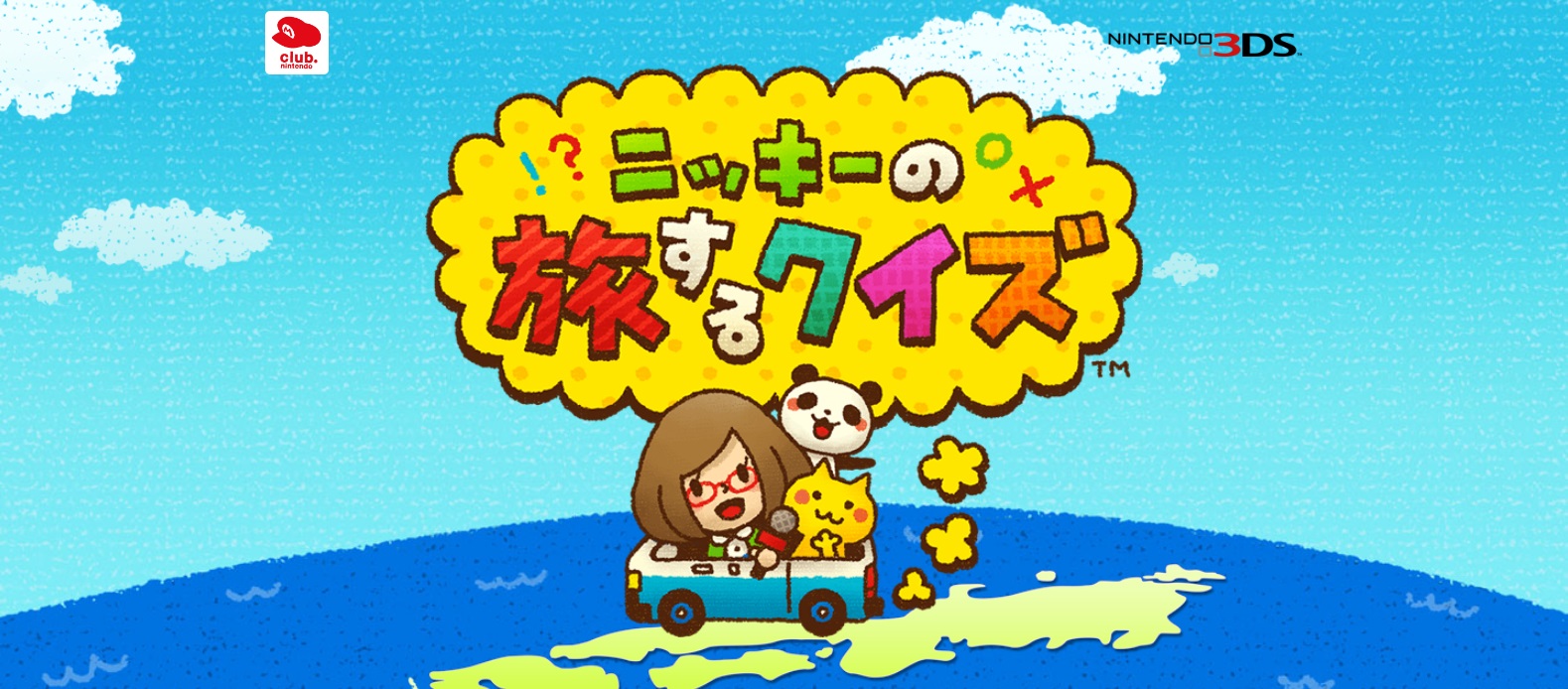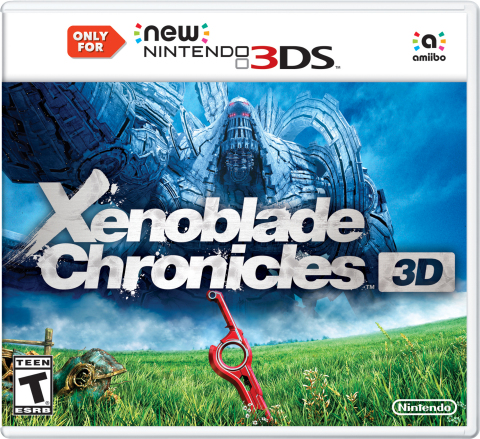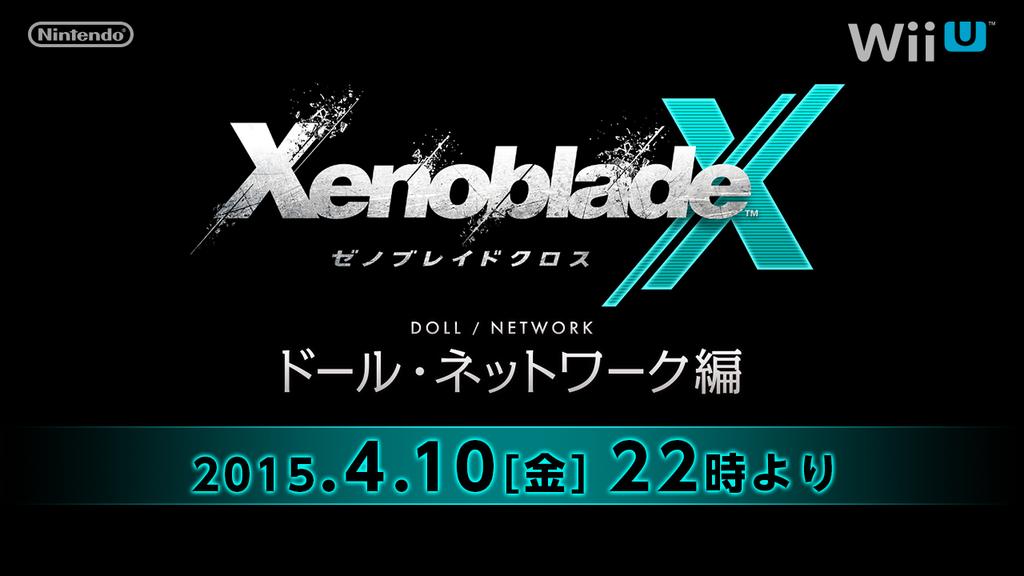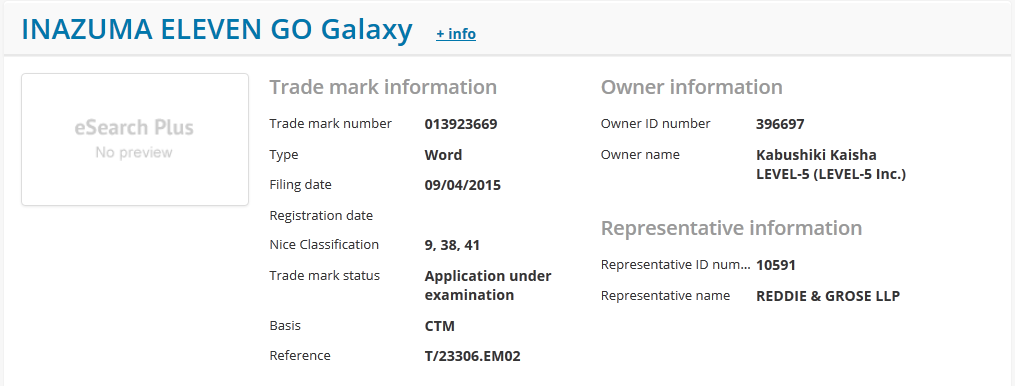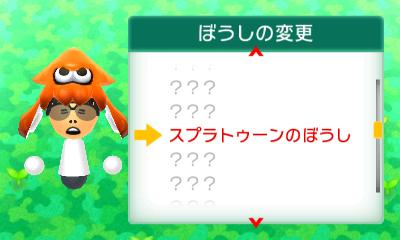Nintendo has now opened an official website for Nikki’s Travel Quiz, confirming that the game is slated for April 21 in Japan for Club Nintendo members (80 points). Access the page here.
Nikki’s Travel Quiz has players traveling across Japan with Nikki, Neko-kun (cat), and Panda-kun (panda). The title features more than 5,000 questions pertaining to Japan, with each prefecture receiving 100 questions each.
Nikki’s Travel Quiz sports two modes. In Travel Quiz, players earn a souvenir by correctly answering questions about the different prefectures. Free Mode lets players take on any questions they desire. Medals are handed out when a certain amount of questions have been answered correctly. Aside from that, you’ll also be able to read up on Nikki’s travel diary.
Nikki’s Travel Quiz takes up 416 blocks of space. View the first screenshots below.
Xenoblade Chronicles 3D has now launched in North America. Accompanying that news is a new press release from Nintendo, which you can find below.
Explore Acclaimed RPG Xenoblade Chronicles 3D on New Nintendo 3DS XL
Discover the Origins of Shulk and the Incredible Story of the Monado Blade in This Massive AdventureREDMOND, Wash.–(BUSINESS WIRE)–Two giant titans frozen in time. All over their bodies, armies of humans and machines engage in epic battles across vast lands. Unlikely hero Shulk, equipped with an ancient blade, sets off on a magnificent adventure to put an end to this generations-long war once and for all. This enticing scenario sets the stage for Xenoblade Chronicles 3D, a stunning hand-held remake of acclaimed Wii role-playing game Xenoblade Chronicles that can only be played on the New Nintendo 3DS XL system. Available now, the game uses all the enhanced features of New Nintendo 3DS XL, including camera control with the C Stick, face-tracking 3D and the new ZL and ZR buttons. The massively robust RPG is perfectly suited for portable play on New Nintendo 3DS XL, allowing players to take the game with them wherever they go and hop in and out whenever they are ready to dive into the unforgettable adventure.
Nintendo and Monolith Soft have one more live stream taking place today for Xenoblade Chronicles X. We’ll be learning about the Dolls and the game’s network features.
The stream will begin at 9 AM ET / 6 AM PT / 2 PM in the UK / 3 PM in Europe. We’ll have live updates going on as well.
– Congrats on passing your Doll certification exam. You’re now a pilot. You’re responsible to support NLA and explore Planet Mira.
– Doll types. Doug knows a lot about Dolls. Light, Middle, Heavy types. Light type: HP is low, evasion is high. Middle: balanced.
– Heavy type: HP is high, agility is low. Which to choose is up to you. They’re not just to look at. Let’s see them in action.
– Dolls can all transform into wheeled vehicles: motorcycles, cars, treaded vehicles. Transform into flying machines as well.
– Dolls can be customized to your liking by buying parts, though it can be expensive. Dolls also use weapons and arts in battle.
– Hand weapons are used in auto-attacks. Arm weapons include beam shields and vulcans. Spare Weapons incl. beam sabres, granades.
– Back weapons can be pulled out for high-powered attacks. Shoulder weapons are even more powerful still. Some aren’t in shops.
– It makes you want to customize the strongest possible Doll, no? Customize the color and name. Dolls require fuel, even w/ arts.
– If you run out of Doll fuel, you won’t be able to use arts, and will fall from the sky if flying. Fuel recovered slowly.
– Additional fuel can be bought in NLA. Manage it carefully. Catch enemies with your Doll to prevent them from moving, do combos.
– Cockpit mode can be used to manage the timing of arts execution. Overclock gears carry various effects, suspend fuel usage.
– Doll insurance. If an arm is broken off, it’ll become unusable. It can even be totally destroyed. Insurance restores up to 3x.
– Think about dismounting from your Doll when it’s low on HP in order to prevent its destruction. HP recovers while dismounted.
– Doll defense. Mixed parties of humans and Dolls provide boosted defense for the human characters so they can also fight.
– Aliens are invading NLA. The city must not be lost. Protect it! Others will help you on Mira. Meet other Blade members online.
– Cooperate and gain experience together. Form squads of 32 members to share free text Blade reports and explore efficiently.
– Approve of helpful Blade reports and popular posts will be shared across the game with everyone. Treasure Deals allow swaps.
– Squad Missions allow everyone to cooperate in defeating prescribed numbers of various enemies. Squad Quests are for 4 players.
– The degree of world exploration is tracked. World Enemies are large bosses to be fought together. There are 8 Unions to join.
– Ranking boards. You’re not alone on your quest. Connect with others on your quest. Everyone and everything on Mira is connected.
It appears Level-5’s latest entry in the Inazuma Eleven franchise is coming to Europe, according to a recent trademark filing. When an official announcement is made, we’ll have it right here on the site.
Inazuma Eleven Go: Galaxy was released in Japan in late 2013 and is the sequel to Inazuma Eleven GO 2: Chrono Stone.
arc-gen games is bringing its new action game to the Wii U eShop. Super Doomed’n Damned, a game that is inspired by arcade cabinets and the 16-bit console era, allows players to explore dungeons, abandoned towns, haunted castles, secret areas. They’ll be battling various monsters, fighting boss battles, and experiencing the game’s “challenging difficulty”.
Check out a trailer for Super Doomed’n Damned above.
Earlier this week we reported on the sizeable soundtrack release Xenoblade Chronicles X is getting and a preview of the release has surfaced online for your listening pleasure. It features the music of Hiroyuki Sawano and covers a number of different tracks that will be in the game.
Mighty No. 9 has been in development for quite some time now, but thankfully Comcept has been keeping us in the loop with how things are progressing.
In this new blog update, we get a special sneak peek at what the voice actors have contributed to the roles they’re playing. Check it out in the video below!
There is currently still no release date, though Comcept have teased a “big announcement” coming sometime soon.
Are you looking forward to getting your hands on Mighty No. 9? Let us know!
Giving this a bump to the top. All emails that have been sent in have been responded to!
Kira is lessening her role on the site slightly to pursue some new opportunities and free up time. Because of that, we have a spot open for a news writer!
We’re looking for someone who can cover Nintendo Everything two days each week (between Monday and Friday) at the following times:
1:30 AM PT – 4:30 AM PT
4:30 AM ET – 7:30 AM ET
9:30 AM GMT+1 – 12:30 AM GMT+1
6:30 PM GMT+10 – 9:30 PM GMT+10
When joining the team, you’d initially pick the days that you’d be responsible for, though you’d need to stick with them. If you select Mondays and Wednesdays, we’d count on you being available during those days each week.
Please note that this is a non-paying position. I’d love to compensate our writers, and I feel awful that I can’t… but I just don’t have the means to do so. At all.
… anyway, I’ll also mention that you would only be responsible for news coverage, but your role could expand into areas such as reviews and features – depending on your interest of course!
I’m probably forgetting something, but I think that’s it! If you’re interested, send an email here and I’ll get back to you as soon as possible.
